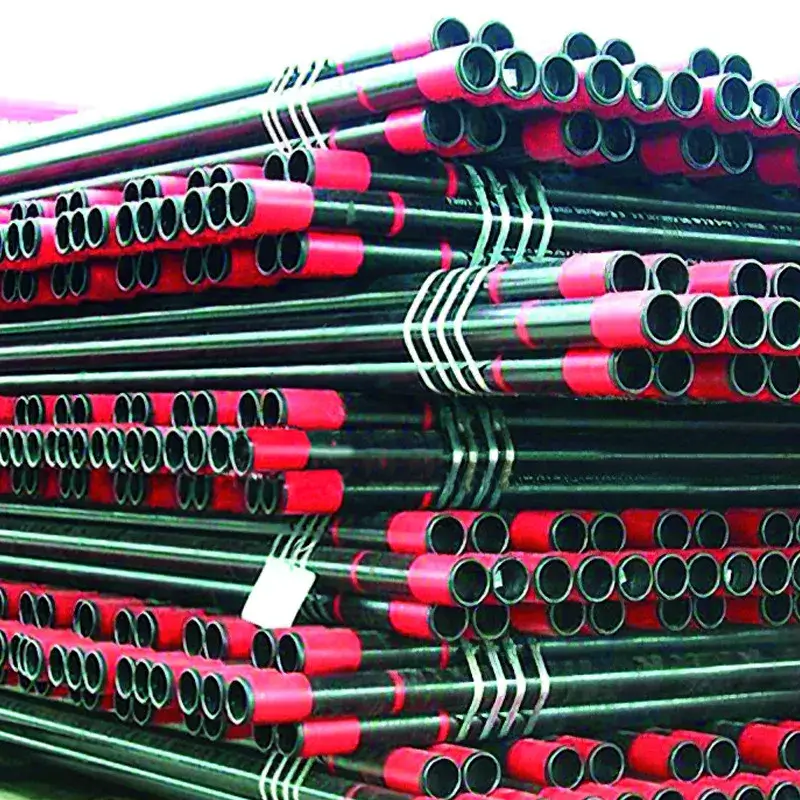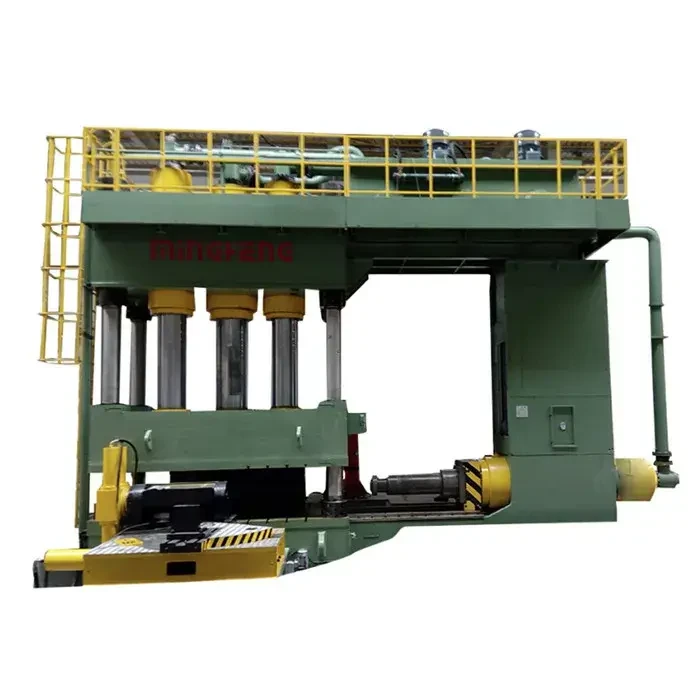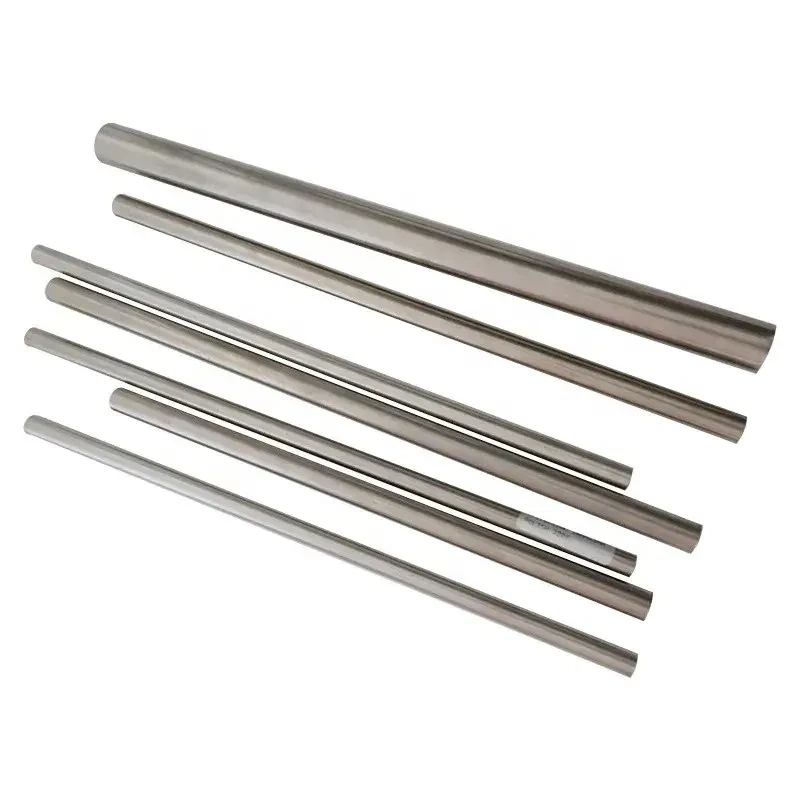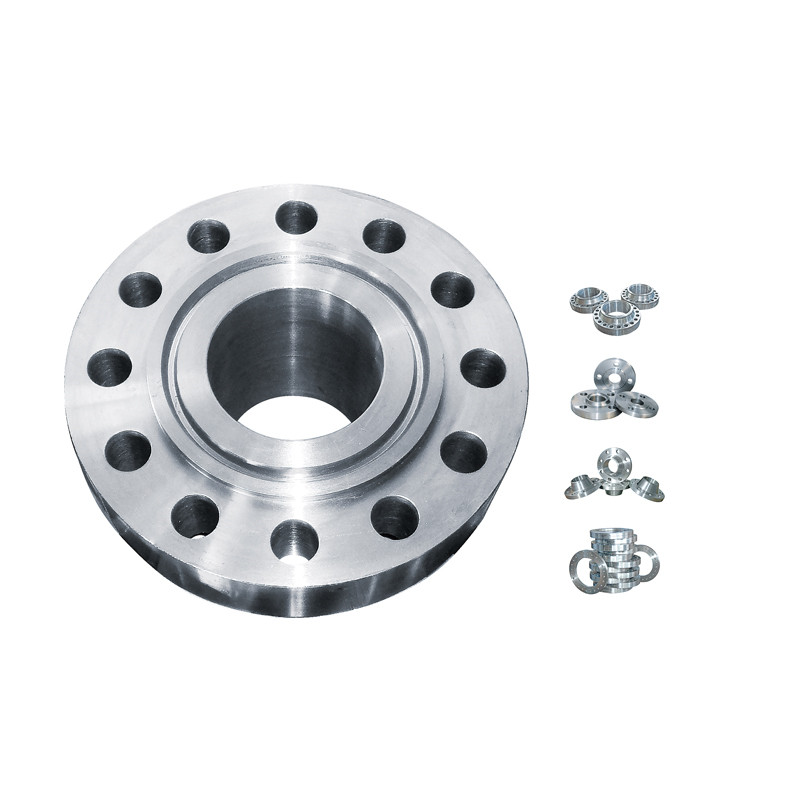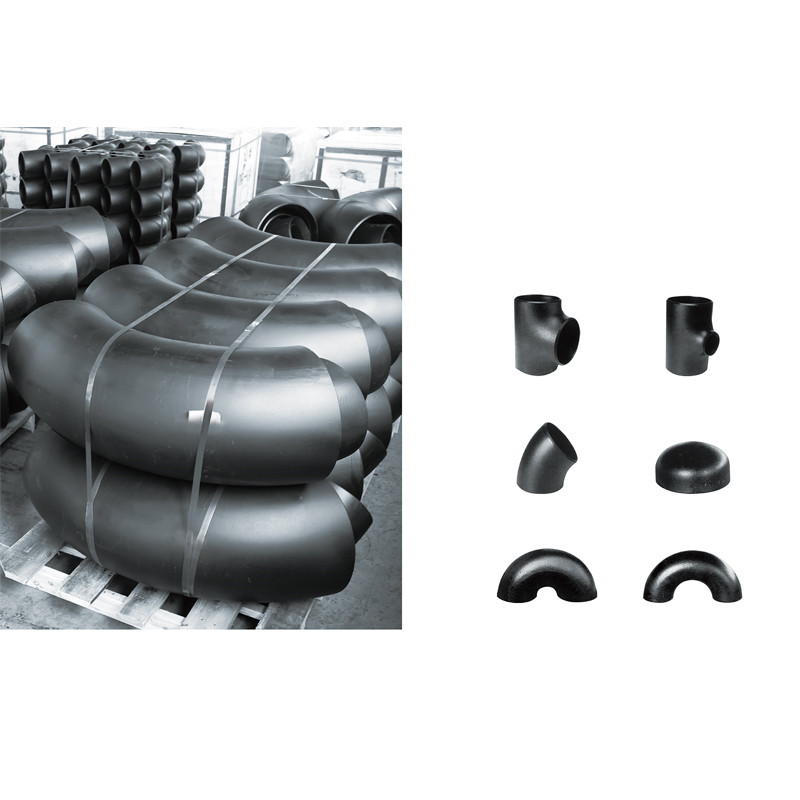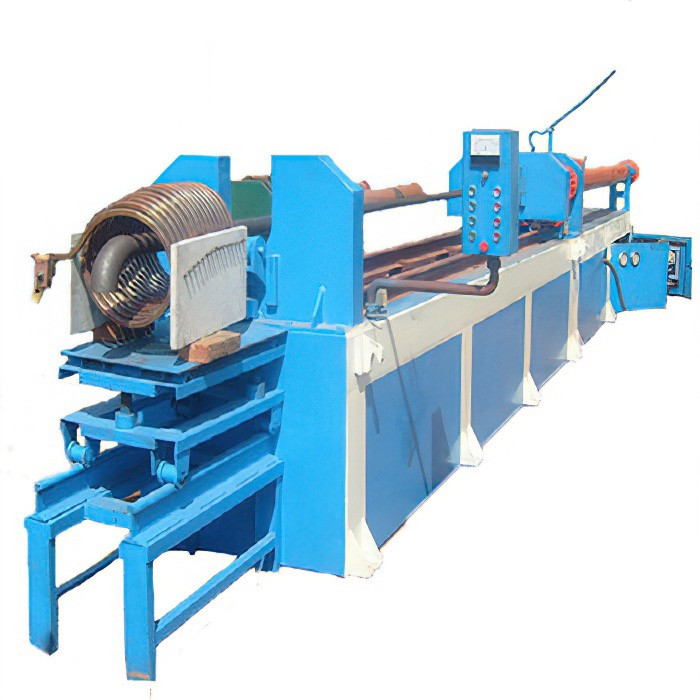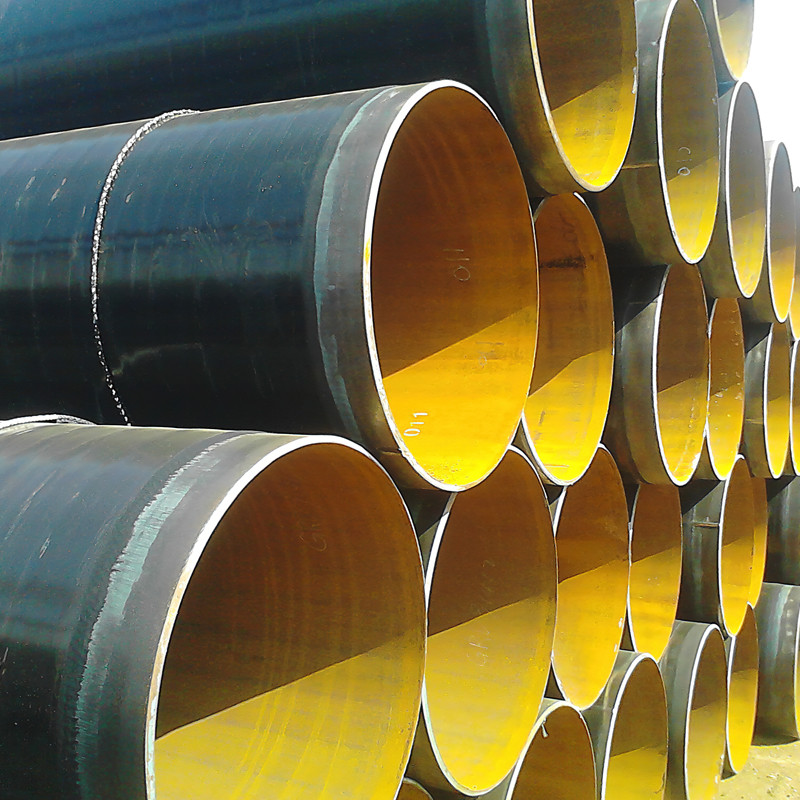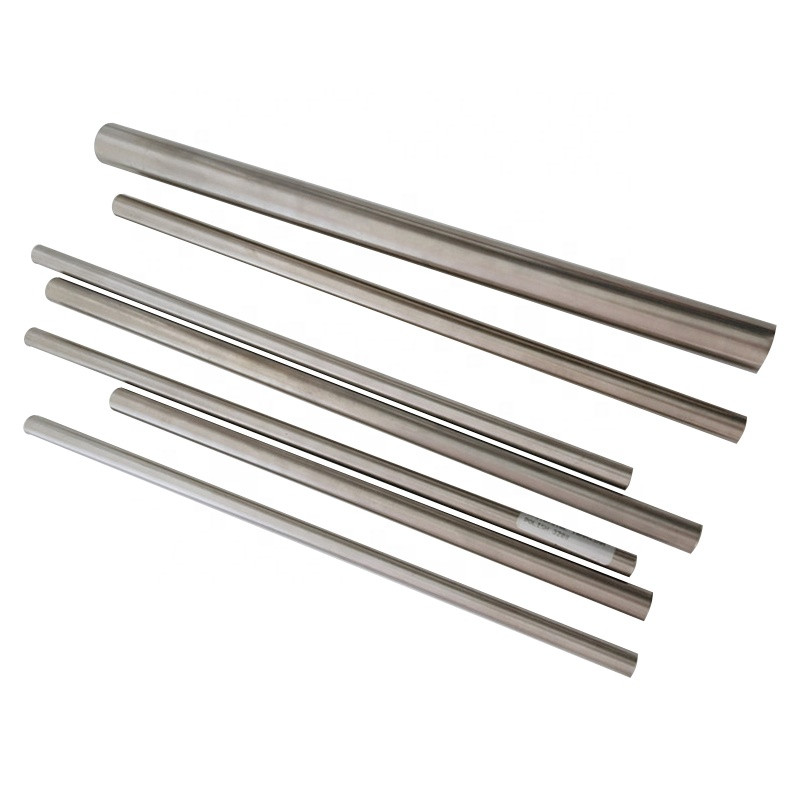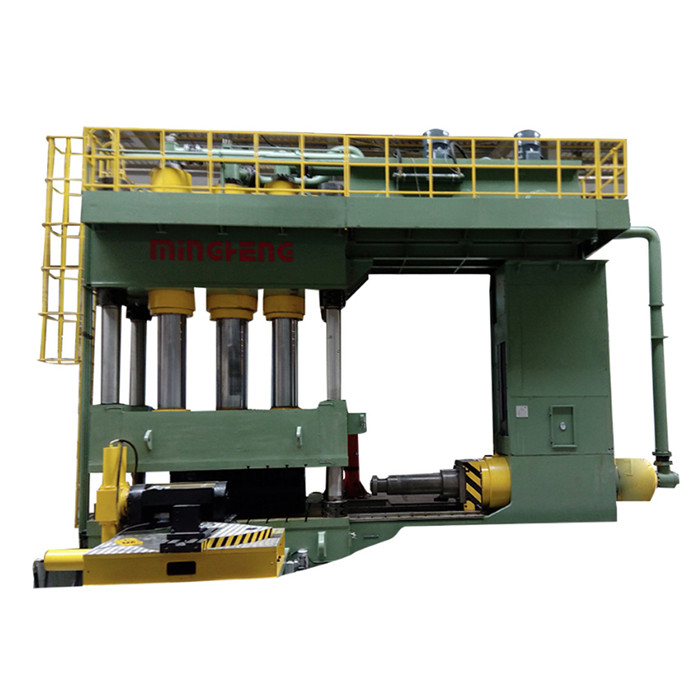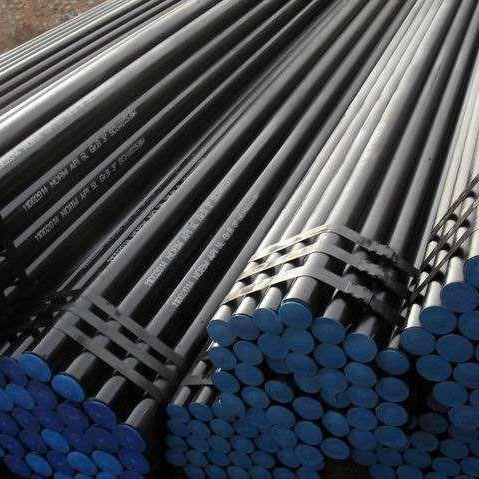Gr.6 / Gr.3 A333 A334 Low Temperature Carbon Steel Pipe: What Buyers Are Really Asking
If you’re speccing a low temperature steel pipe in 2025, you’ve probably noticed two things: project specs have tightened, and lead-time promises are, frankly, all over the place. I’ve toured mills from Hebei to Houston, and the throughline is simple—impact toughness and traceability beat flashy brochures every time.
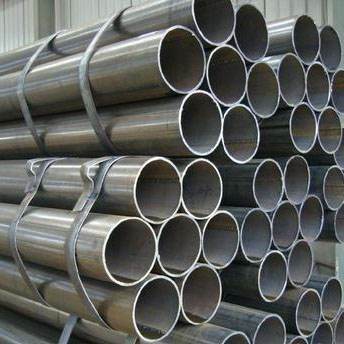
Product snapshot
Product Name: Gr.6 Gr.3 A333 A334 Low Temperature Carbon Steel Pipe (ASTM / GB Standards)
Materials: A333/334 Gr.1, Gr.3, Gr.6; Q345B/C/D/E; 09MnD, 09MnNiD, 16MnDG
| Spec | Details (≈ values; real-world use may vary) |
|---|---|
| Standards | ASTM A333/A334; GB/T6479-2013; GB/T150.2-2011; GB/T18984-2016 |
| Grades | Gr.6 (mainstream), Gr.3 (3.5Ni for deeper chill), Gr.1 |
| Design Temp | Gr.6: down to ≈ −45°C; Gr.3: ≈ −101°C (per project qualification) |
| Impact Toughness | Charpy V-notch ≥ 20–27 J at −45°C (A333 compliance) |
| Sizes | 1/2"–24" (seamless typical); Sch 10–XXS; random & double random lengths |
| Ends / NDE | BE/PE; UT per ASTM E213, ET per E273, hydrostatic per A999 |
| Docs | MTC EN 10204 3.1/3.2, heat traceability, stamping, barcode options |
Process flow (how the toughness is built)
- Clean steelmaking, fine-grain practice; controlled S/P and microalloys for toughness.
- Seamless pierce & roll; strict wall control; OD/WT gauging with inline UT.
- Heat treatment: normalize or normalize + temper (Gr.6); Gr.3 uses Ni for low-temp ductility.
- Finishing: straightening, end-facing, beveling, preservation.
- Testing: chemistry (ASTM A751), tensile (ASTM A370), Charpy at −45°C or below, hydro per A999, UT/ET (E213/E273), dimensional checks (A999).
- Certification: ISO 9001; optional PED 2014/68/EU, CCS/LR for marine cryo lines.
Service life: ≈ 25–30 years in properly specified systems per ASME B31.3/B31.1 assumptions, but corrosion allowance and media purity matter—a lot.
Where it works best
- LNG and LPG transfer, BOG lines, cold boxes (yes, low temperature steel pipe still dominates cost-wise vs. stainless in many sizes).
- Refinery winterization loops, amine units, flare headers in sub-zero climates.
- Air separation units, CO2 capture, refrigerated brine and chiller circuits.
Mini test snapshot (typical, not contractual): Gr.6 φ168.3 × 7.11 mm—CVN avg 32 J at −45°C; UT 100% acceptance (no indications > 5% WT); hardness ≈ 165 HBW.
Advantages I keep seeing in the field
Balanced cost-to-toughness, easy weldability (low CE), and wide availability. Many customers say the real win is fewer RT/UT rejects after PWHT compared with bargain-bin stock. To be honest, paperwork quality is half the battle.
Vendor comparison (quick buyer’s sanity check)
| Vendor | Mill Traceability | Stock Range | CVN @ −45°C Guaranteed | Lead Time | Notes |
|---|---|---|---|---|---|
| World-SteelMaterial (Beijing) | Heat-to-heat, 3.1/3.2 | 1/2"–24" | Yes, by heat | ≈ 2–5 weeks | Solid LNG track record |
| Regional Mill A | Heat trace | 2"–16" | Project basis | 4–8 weeks | Limited Gr.3 |
| Trader B | Mixed | Spot lots | Unclear | Immediate | Verify MTCs carefully |
Customization and packaging
Options: beveled ends (37.5°), NACE MR0175 material control when sour-service overlaps, lacquered/varnish or FBE primer, seaworthy bundles with end-caps and desiccants. Cut-to-length for spool shops is common, which, I guess, reduces site welds more than any other tweak.
Two quick case notes
- Arctic tank farm upgrade: Gr.6 replaced mixed legacy lines; leak rate dropped to zero in first winter; weld repair ratio fell from 4.1% to 1.2%.
- ASU cold box retrofit: switching to low temperature steel pipe with tighter CVN control eliminated brittle fractures during start-up; commissioning shaved 3 days.
Customer feedback, candidly: “Docs arrived before the pipes did.” Sounds trivial, but for ASME data books it’s gold.
Origin: Rm 1103, Shangpintaihu Bld 3#, Tongzhou District, Beijing. If you need mill visits or third-party hold points, say so early.
Authoritative references
- ASTM A333/A333M: Seamless and Welded Steel Pipe for Low-Temperature Service.
- ASTM A334/A334M: Seamless and Welded Carbon and Alloy-Steel Tubes for Low-Temperature Service.
- ASTM A370: Test Methods for Mechanical Testing of Steel Products (incl. Charpy).
- ASME B31.3: Process Piping – Materials and impact testing rules.
- EN 10204: Metallic products — Types of inspection documents (3.1/3.2 MTC).
- GB/T6479-2013; GB/T150.2-2011; GB/T18984-2016: Chinese standards for pressure piping and low-temp service.
Post time: Oct . 18, 2025 16:05



